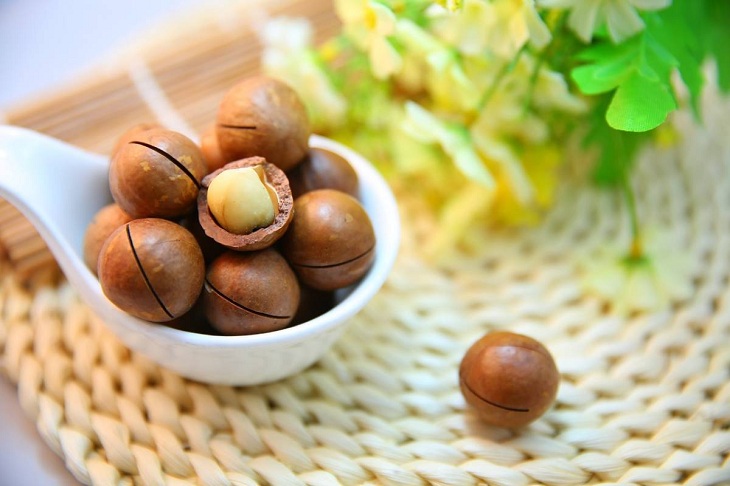Mail Us At: info@qayemoverseas.com
Our Products
Don't wait! Get your product right now.
For any query about product call
(+91) 99103-04794

Mail Us At: info@qayemoverseas.com
Don't wait! Get your product right now.
For any query about product call
(+91) 99103-04794

The Firm , came into existence some year ago because of the great love for agriculture. Now we are a prominent manufacturer, exporter and supplier of a wide array of Agricultural products, Edible Oil and lot more. Under this commendable range of products we are offering best grade Natural Oils and Spices.
Copyright © 2019 QayeMoverSeas.
Managed By Tech Sognare Pvt. ltd.

The price of the world's most expensive nut may be attributed to the fact that not only must a Macadamia tree be 7-10 years old in order to produce nuts, but also the incredibly hard shell of the nut must be broken prior to sale. The shell is so hard that it can actually break nutcrackers sold for home use.
Macadamia Nuts. Most nuts are high in phosphorus and not recommended for those following a renal diet. However, macadamia nuts are a delicious option for people with kidney problems. They are much lower in phosphorus than popular nuts like peanuts and almonds.
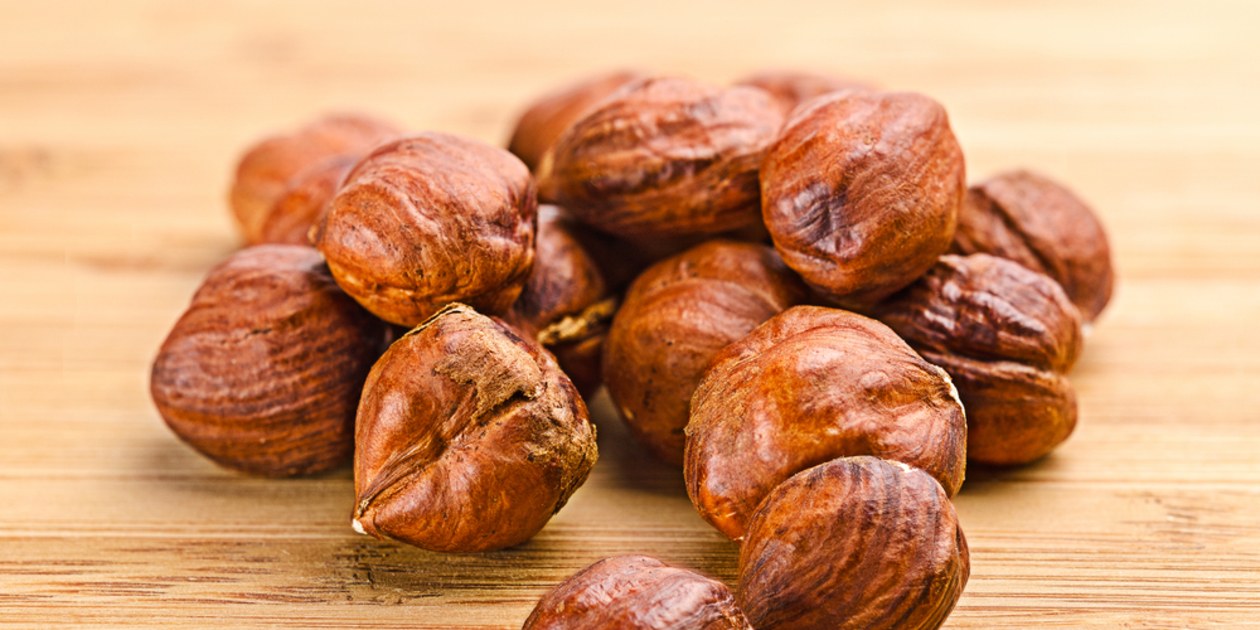
The hazelnut is the nut of the hazel and therefore includes any of the nuts deriving from species of the genus Corylus, especially the nuts of the species Corylus avellana. It also is known as cobnut or filbert nut according to species. Hazelnuts (Filberts) Rich in unsaturated fats (mostly oleic acid), high in magnesium, calcium and vitamins B and E. Hazelnuts are good for your heart, help reduce the risk of cancer, and aid in muscle, skin, bone, joint and digestive health.
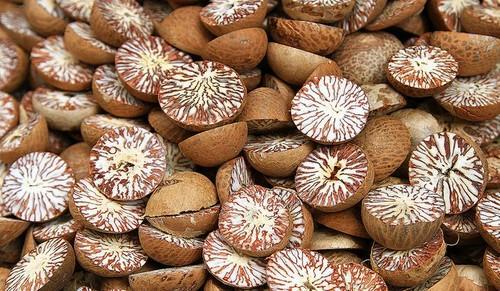
The areca nut is the fruit of the areca palm, which grows in much of the tropical Pacific, Southeast and South Asia, and parts of east Africa. It is commonly referred to as betel nut so it is easily confused with betel leaves that are often used to wrap it. Betel nut prevents and treats the formation of cavities.
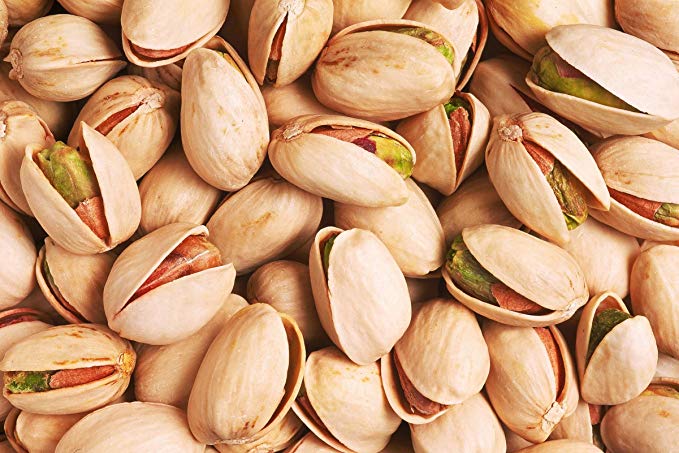
Pistachios are a great source of healthy fats, fiber, protein, antioxidants and various nutrients, including vitamin B6 and potassium. Their health benefits may include a healthier gut, lower cholesterol and blood sugar, in addition to promoting weight loss and eye and blood vessel health.
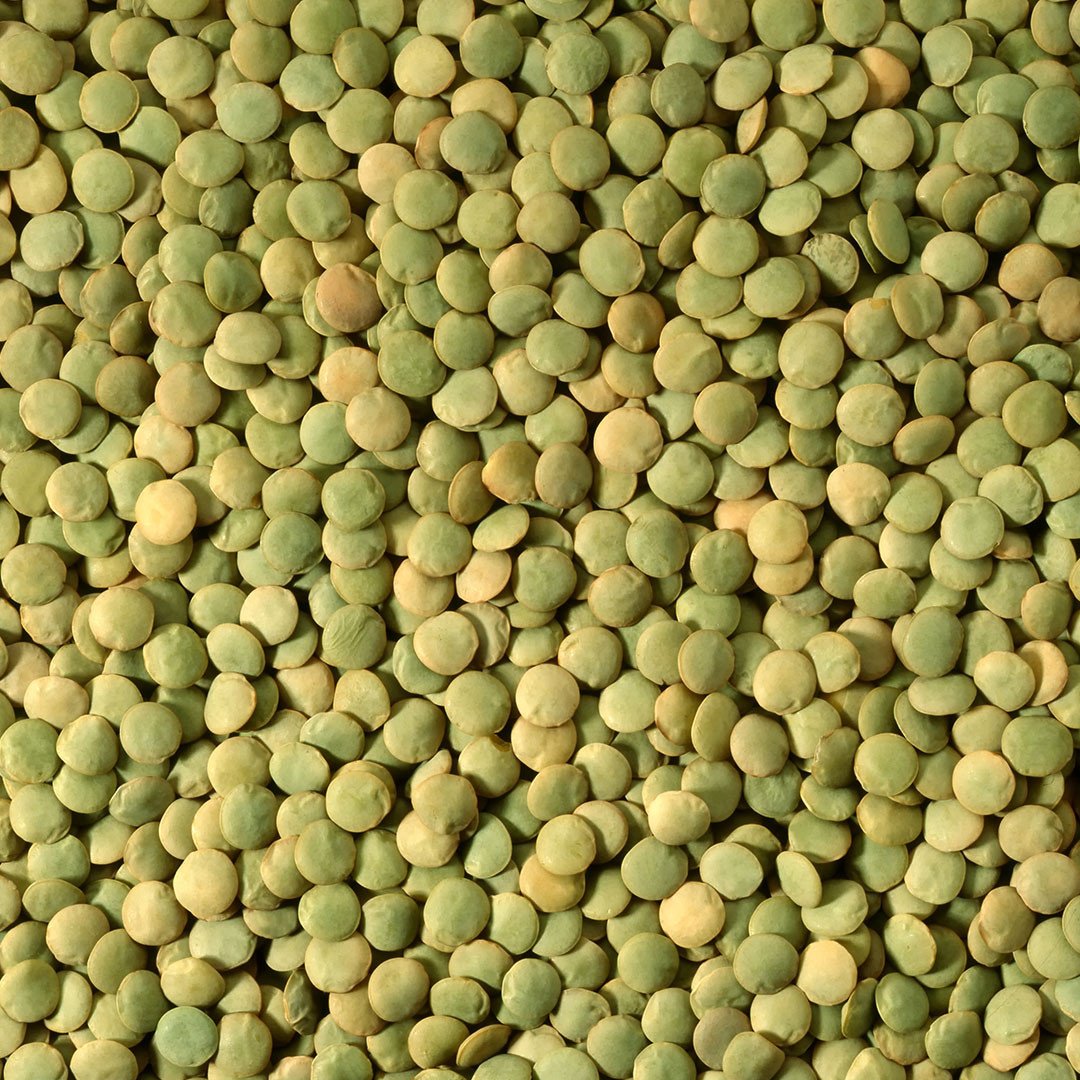
These can be pale or mottled green-brown in color with a glossy exterior. They have a robust, somewhat peppery flavor. Green lentils generally take the longest to cook, upwards of 45 minutes, but they keep a firm texture even after cooking. This makes them ideal for salads and other side dishes.
DESCRIPTION
NUTRITIONAL INFORMATION
Lentils are a high-protein, high-fiber member of the legume family. Like a mini version of a bean, lentils grow in pods and come in red, brown, black, and green varieties.
Here are some key points about lentils. More detail is in the main article.
Lentils are an excellent natural source of folate and manganese.
They are an economical source of protein.
Evidence suggests they protect heart health.
Lentils are an easy-to-prepare, versatile, and nutritious ingredient.
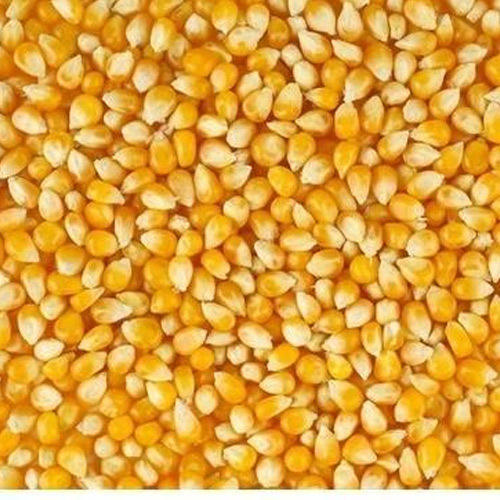
Maize (called corn in some countries) is Zea mays, a member of the grass family Poaceae. It is a cereal grain which was first grown by people in ancient Central America. It is now the third most important cereal crop in the world. However, little of this maize is eaten directly by humans.
DESCRIPTION
NUTRITIONAL INFORMATION
Maize, also known as corn, is a cereal grain first domesticated by indigenous peoples in southern Mexico about 10,000 years ago. The leafy stalk of the plant produces pollen inflorescences and separate ovuliferous inflorescences called ears that yield kernels or seeds, which are fruits. Energy: 86.04 Calories (per 100 g),
Protein: 3.27 g (per 100 g),
Fat: 1.35 g (per 100 g),
Potassium: 270 mg (per 100 g).
Being a good source of antioxidant carotenoids, such as lutein and zeaxanthin, yellow (or colored) corn may promote eye health. It is also a rich source of many vitamins and minerals. For this reason, moderate consumption of whole-grain corn, such as popcorn or sweet corn, may well fit into a healthy diet.
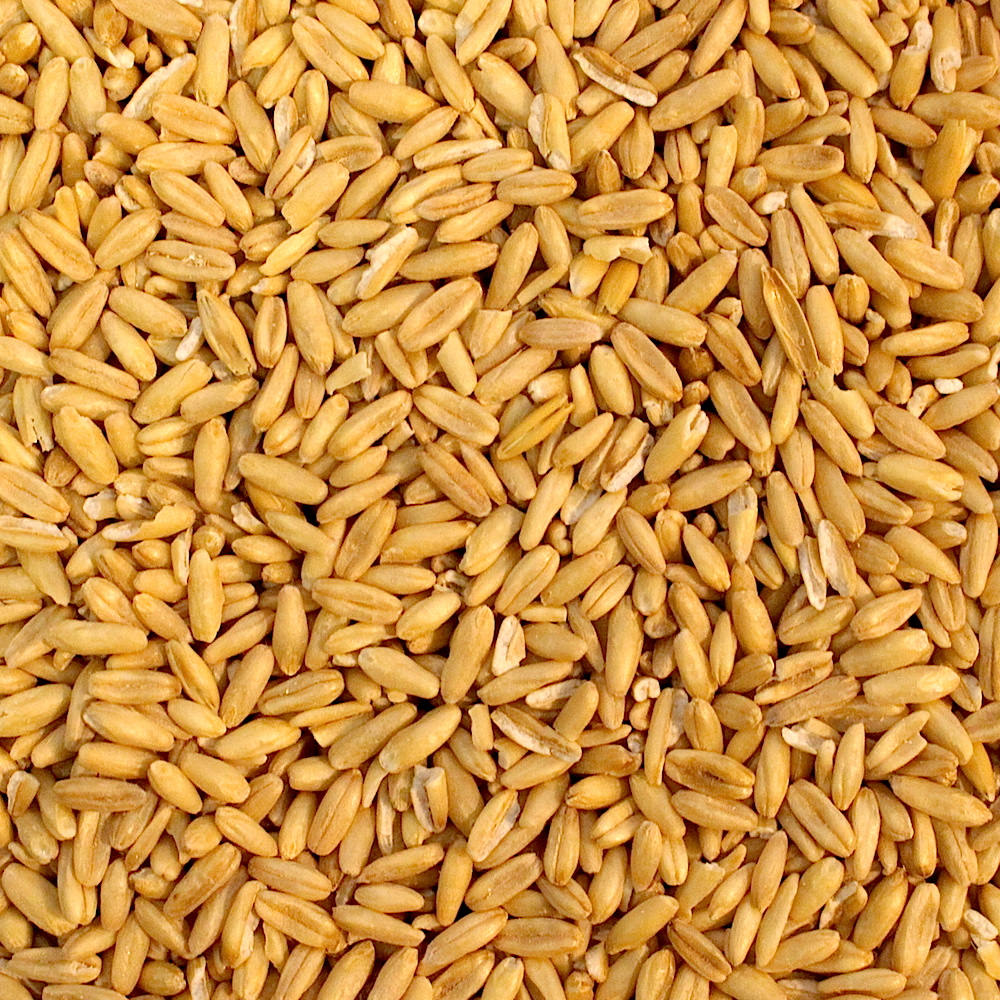
The oat, sometimes called the common oat, is a species of cereal grain grown for its seed, which is known by the same name. While oats are suitable for human consumption as oatmeal and rolled oats, one of the most common uses is as livestock feed.
DESCRIPTION
NUTRITIONAL INFORMATION
Oats are a nutrient-rich food associated with lower blood cholesterol when consumed regularly. Avenins present in oats (proteins similar to gliadin from wheat) can trigger celiac disease in a small proportion of people.
Oats Are Incredibly Good for You. Oats are an incredibly nutritious food packed with important vitamins, minerals and antioxidants. In addition, they're high in fiber and protein compared to other grains. ... At the end of the day, oats are among the healthiest foods you can eat.
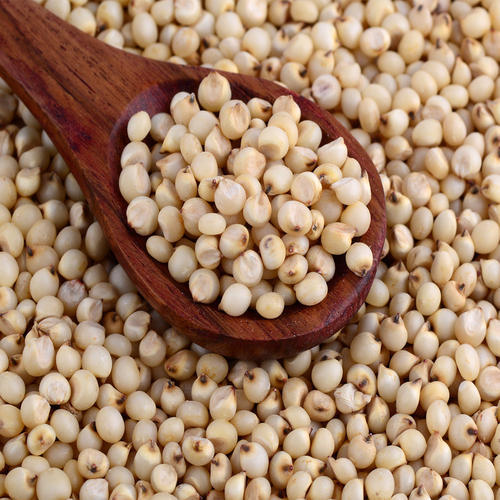
Sorghum bicolor, commonly called sorghum and also known as great millet, durra, jowari, or milo, is a grass species cultivated for its grain, which is used for food for humans, animal feed, and ethanol production
DESCRIPTION
NUTRITIONAL INFORMATION
Sorghum is a genus of flowering plants in the grass family Poaceae. Seventeen of the 25 species are native to Australia, with the range of some extending to Africa, Asia, Mesoamerica, and certain islands in the Indian and Pacific Oceans.
They also find a variety of other sorghum health benefits, even for people without gluten intolerance. Sorghum has high nutritional value, with high levels of unsaturated fats, protein, fiber, and minerals like phosphorus, potassium, calcium, and iron. It also has more antioxidants than blueberries and pomegranates.
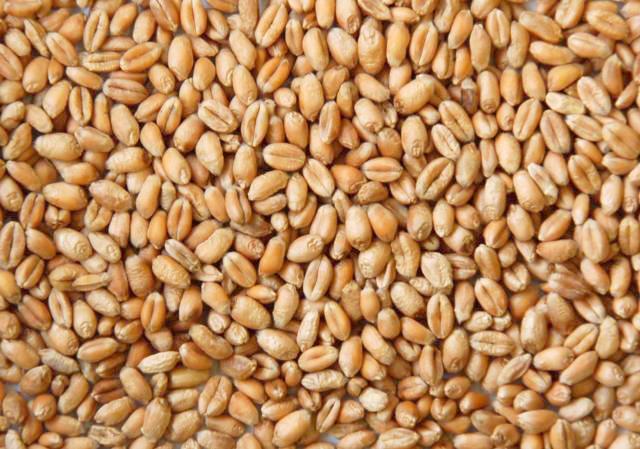
Both varieties of Lupins have a two-fold nutritional value, being a concentrated source of both protein and energy. Angustifolius in particular is recognised internationally as a valuable stockfeed ingredient.
DESCRIPTION
NUTRITIONAL INFORMATION
The chemical composition of wheat can be highly variable, particularly with regard to starch and crude protein content, depending on species, cultivars, growing location, climate, soil fertility, etc.For instance, wheat containing up to 23% DM as protein and 80% DM as starch has been reported in the literature, as well as wheat containing as little as 9% protein and 50% starch.
Wheat grain can be fed whole or processed in many different ways. It can be fed in association with other ingredients, or mixed and processed into pellets in concentrate feeds. Wheat grain unsuitable for food processing (due to disease, insects, frost, sprouting, low test weight, etc.) can be fed to farm animals. The feeding value and palatability of such grain may be similar or lower than that of good quality wheat, depending on the extent of the damage. It may be necessary to mix it with another cereal grain and to screen it for mycotoxin contamination
